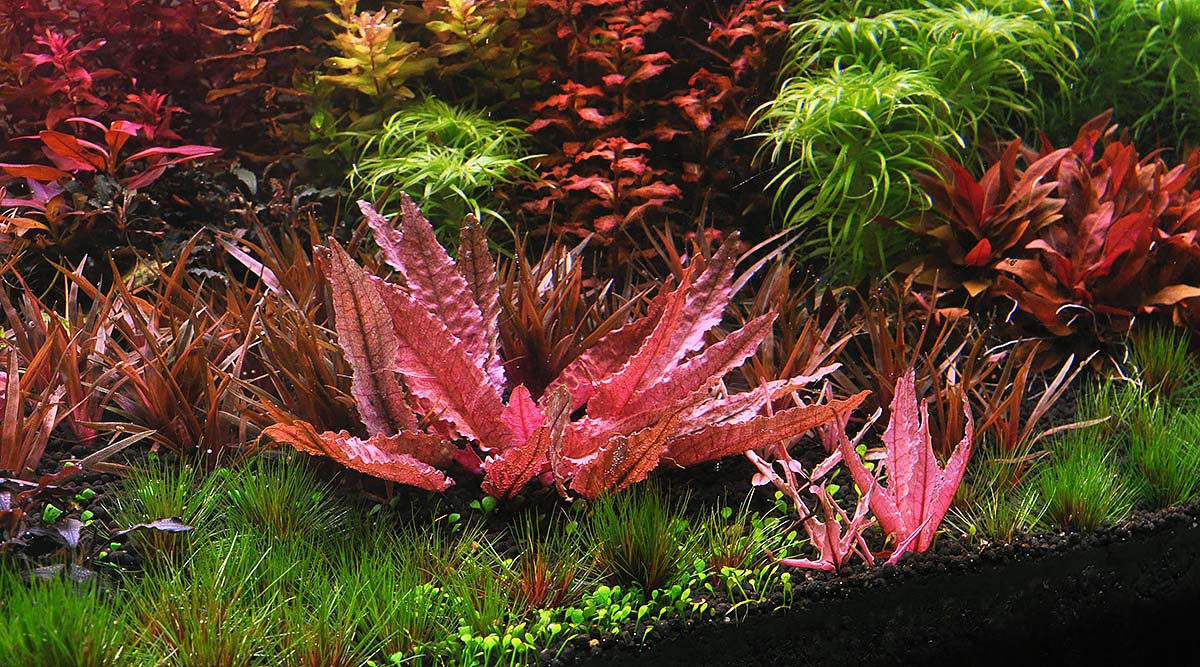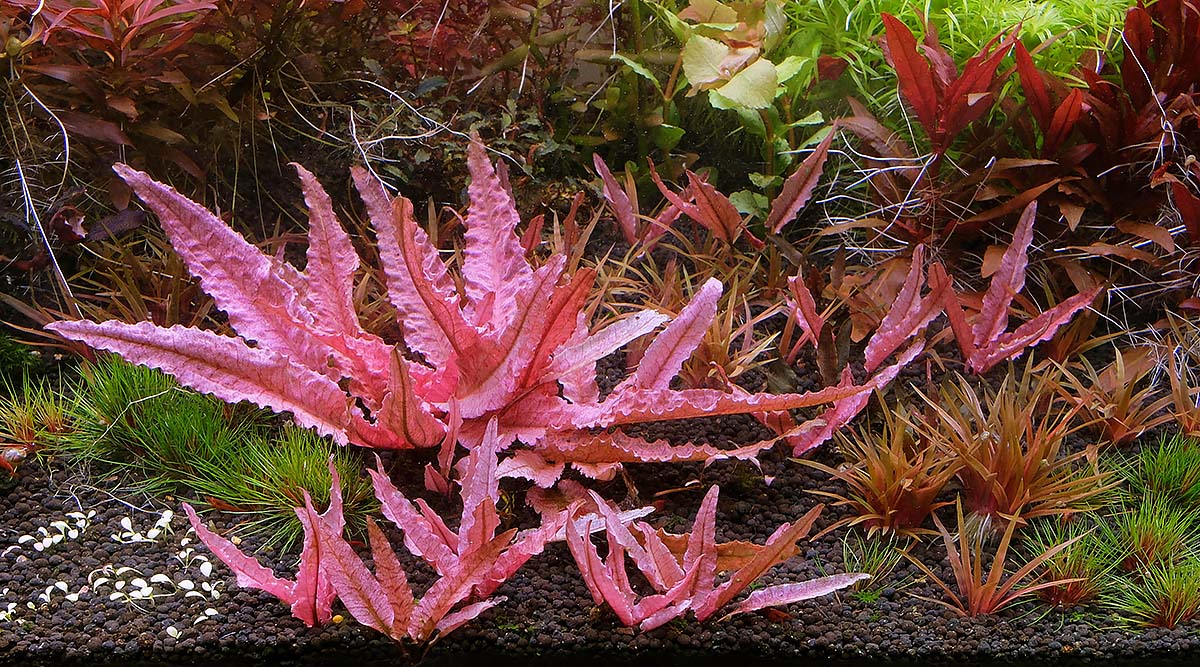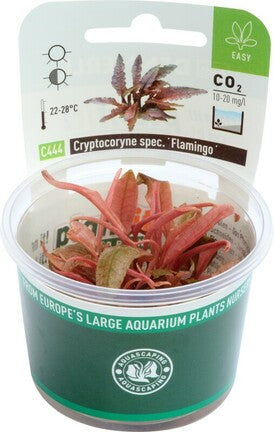Your Cart is Empty
Shop
We are a brand born of an obsession with performance, a belief in good science, and a knack for invention.
Read our story.
We are a brand born of an obsession with performance, a belief in good science, and a knack for invention.
Read our story.

Good Science
We define it as a combination of discerning research and real world results.
We define it as a combination of discerning research and real world results.

How to grow Cryptocoryne "Flamingo"
September 15, 2020 3 min read
Cryptocoryne wendtii 'flamingo' is a cultivar of Cryptocoryne wendtii. Full sized adult plant leaves are around 10cm long, which makes it great for mid/foreground placement. The leaves are distinctively pink which makes it hard to match in many aquascapes. It does stand out a lot in most aquascapes and works well as tonal contrast to clusters of red plants.

It is a slow growing plant that is relatively undemanding. However, the tissue culture form that it often comes in is delicate and many hobbyists fail to adapt it in that form, hence its reputation for being difficult. It can take as long as 3 to 5 months for a baby plantlet to grow to full size. After being planted, it is best to not move it and let it establish - smaller plants start out more delicate and vulnerable to algae and it gets more robust when it gets larger. It is important to let them sit in a fixed spot for many weeks; when their root systems are established, growth accelerates and bigger plants are more stable and resilient to environmental changes.
As a slow grower, the main factor for success with this plant is stable conditions over the long run. It grows faster, more stable with moderate and above GH levels (4-5dGH and above) even though it can be grown in very softwater as well.
The leaves take on better coloration with stronger light and good all round fertilization (and yes, carbon dioxide injection). More red/blue spectrum helps pigmentation. With less intense lighting, or less than optimal growth conditions, some of the leaves may be olive colored rather than pink.
Key success factors
- Sufficient light (80 umols onwards) to get good coloration.
- Do not move smaller plants - let them grow in and they'll reach full size in 4 to 6 months where they will start spawning smaller plants readily. Smaller sized plants, especially from tissue cultures, need time to sit and grow in undisturbed for a long period of time.
- Tolerant of higher alkalinity/ higher KH ranges.
- Slightly higher GH values work better (4-5dGH and above). The easy way to reach this by adding APT SKY.
- Long term stability (probably the hardest aspect).
- Fertilization/CO2 levels need not be high, but needs to be consistent. We grow ours using APT 3 / Complete, with APT Jazz added to the root-zone.
how to get it redder
- Stronger light (higher PAR values, up to 150umols of PAR gives improved coloration).
- Better red/blue spectrum in light used.
- Consistent growth parameters over long term.
Trimming and propagation
As the plant ages old leaves can be trimmed at the base of the plant. Adult plants send out runners in the surrounding areas and plantlets will begin to develop. These plantlets grow faster if they are left attached to the mother plant. Once they reach medium size (leaf size of 5 to 6cm), the runners can be cut and they can be transplanted elsewhere.

ACCLIMATIZING TC PLANTS
Tissue culture versions of this plant give tremendous bang for your buck (if you can get them to convert smoothly) as you can get more than 10 plants out of a single cup. However, as with most TC plants they are more delicate than adult plants.
To transition these small plants - only plant them in matured, fully cycled tanks. Avoid planting in fresh substrates (especially ammonia rich aquasoil which melts TC easily). Tank cleanliness is important - water changes and light vacuuming of substrate surface is important to remove organic detritus and prevent algae.
We would also avoid herbivores/fish/aggressive shrimp that pick on tender plants. Avoid fish/livestock that stir up the substrate.
It takes the plantlets quite a few months to reach adult size, so being able to keep localized conditions stable for a long period is necessary for success.

Head here to find out more about how to measure CO2 levels in planted tank.
Head here to find out how to read PAR values.
Head here to find out how to tune light spectrum in planted tank.
unlock your true potential
Grow anything, defeat algae, create amazing aquascapes






















